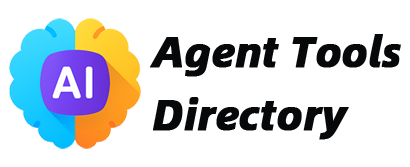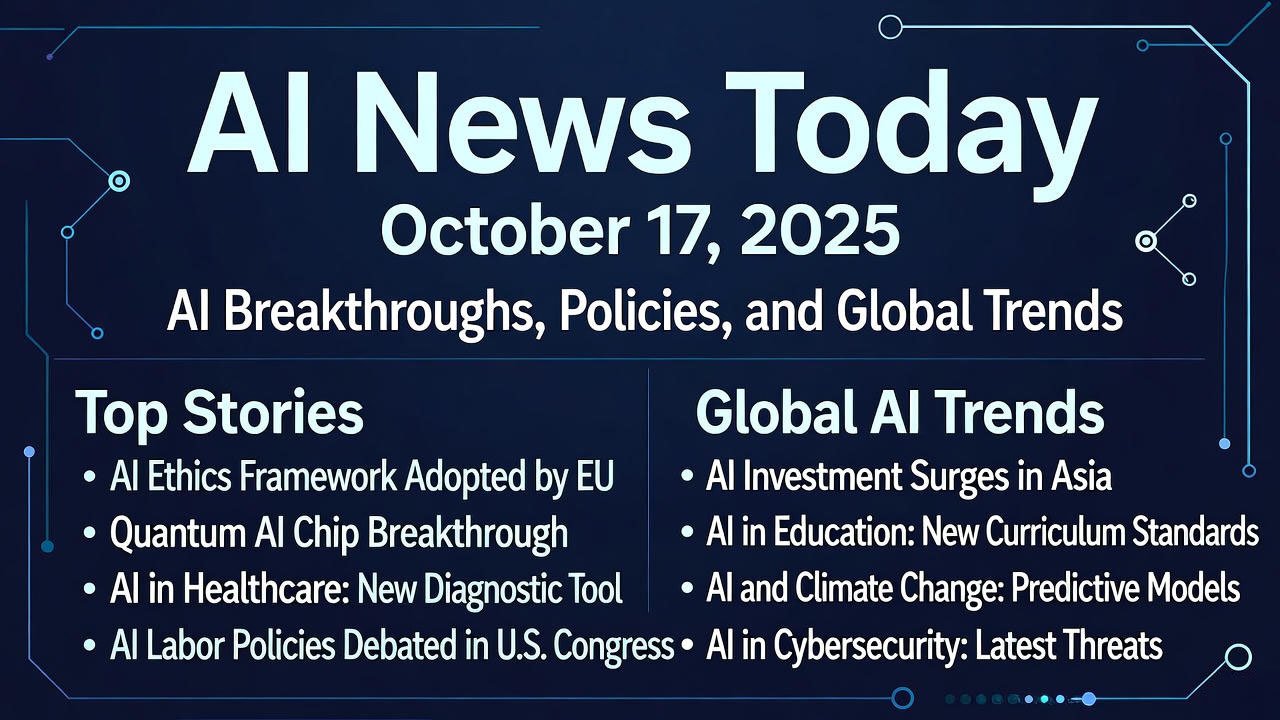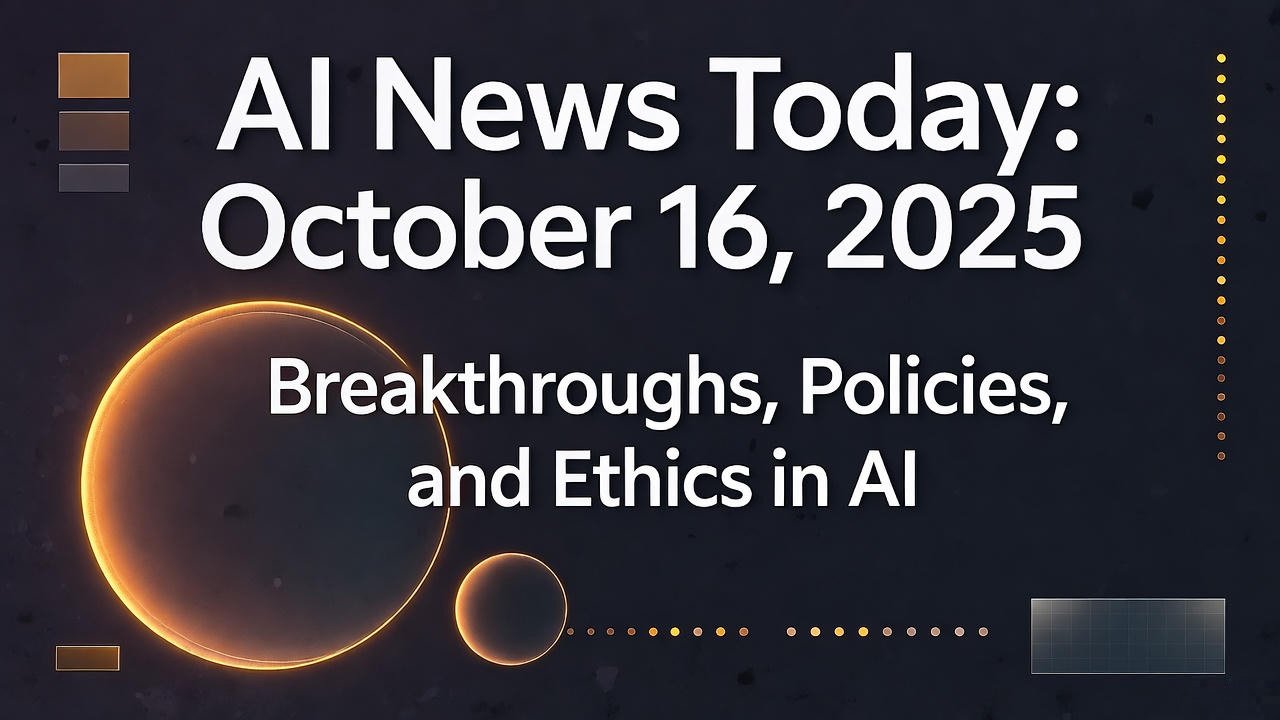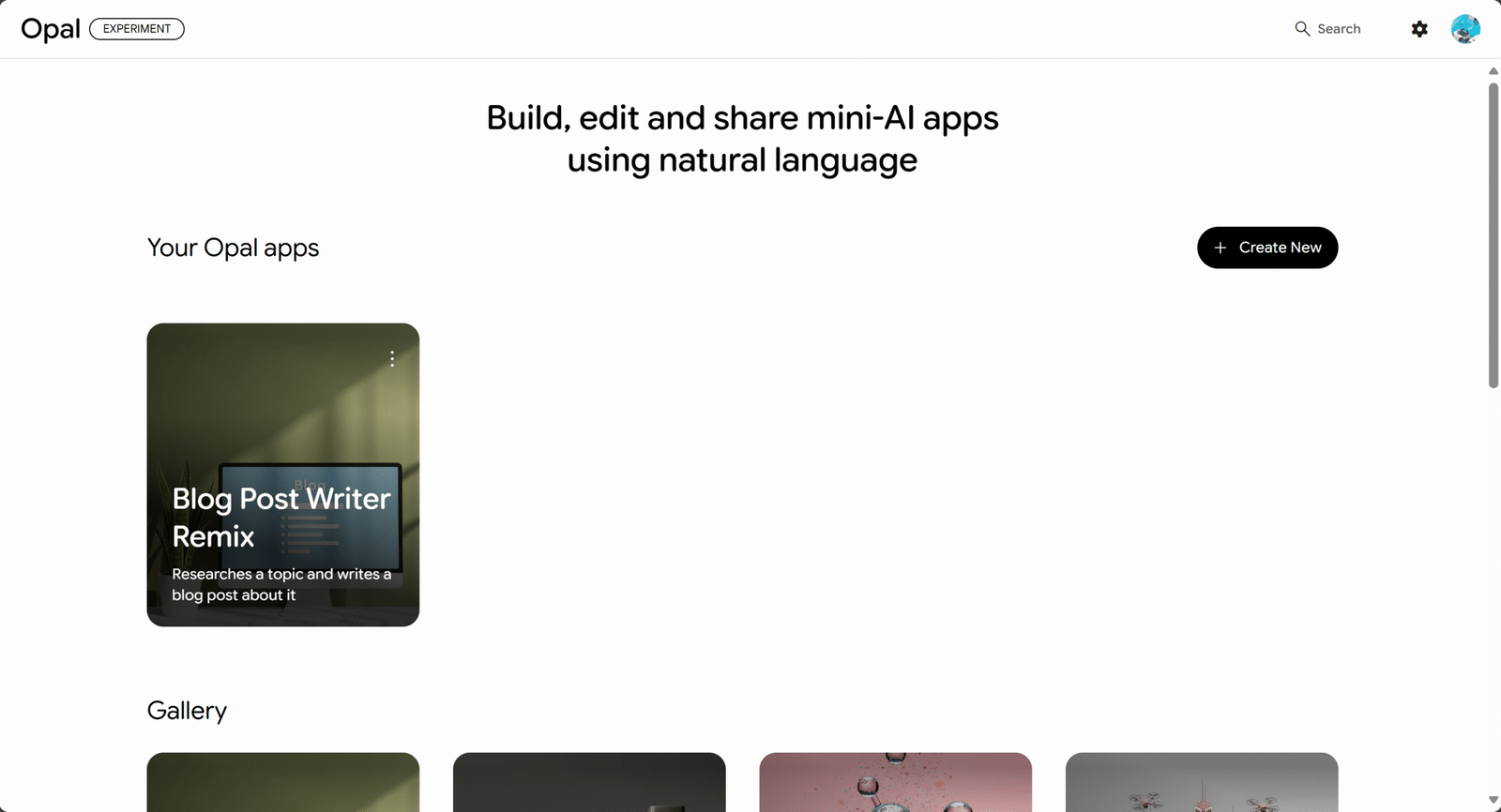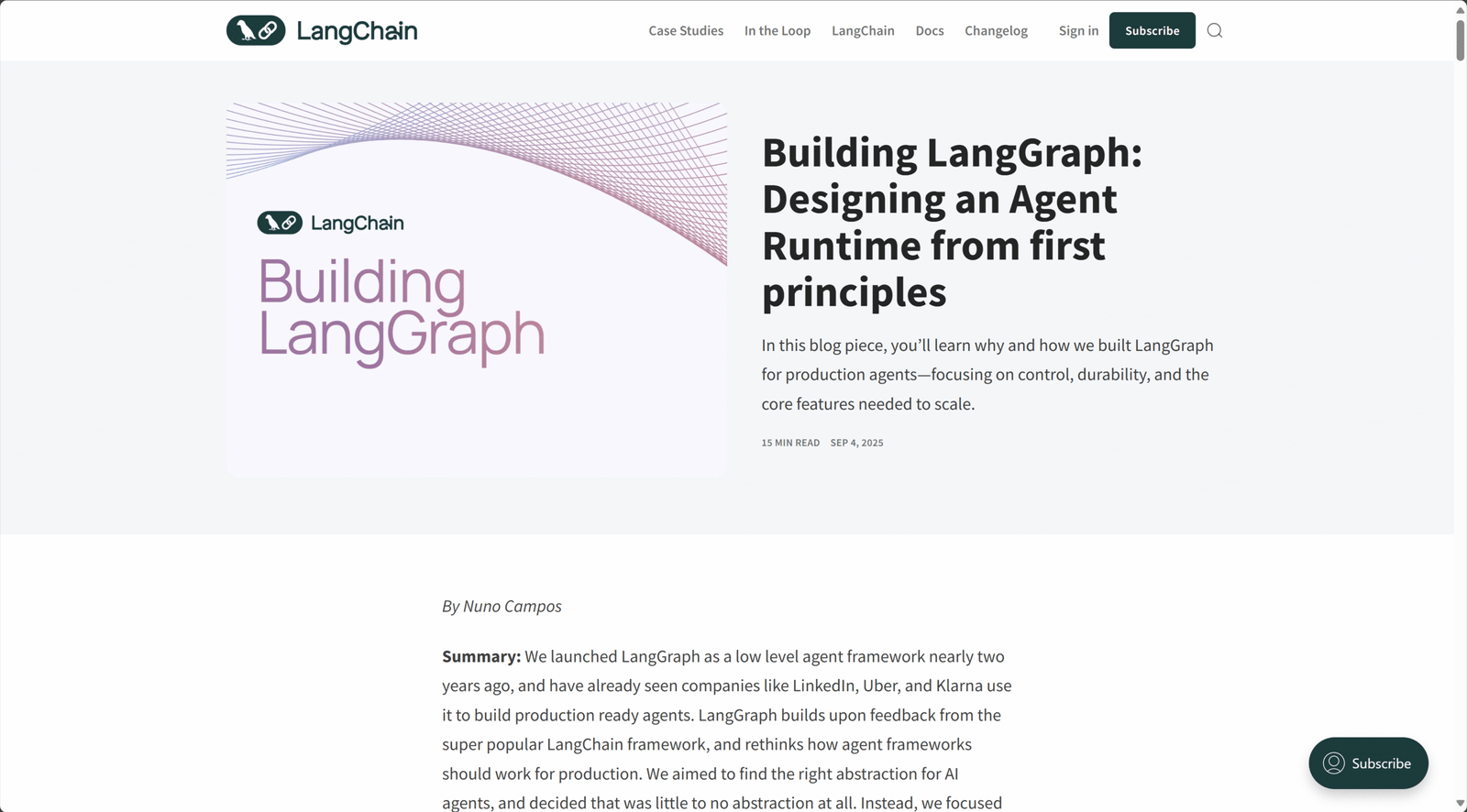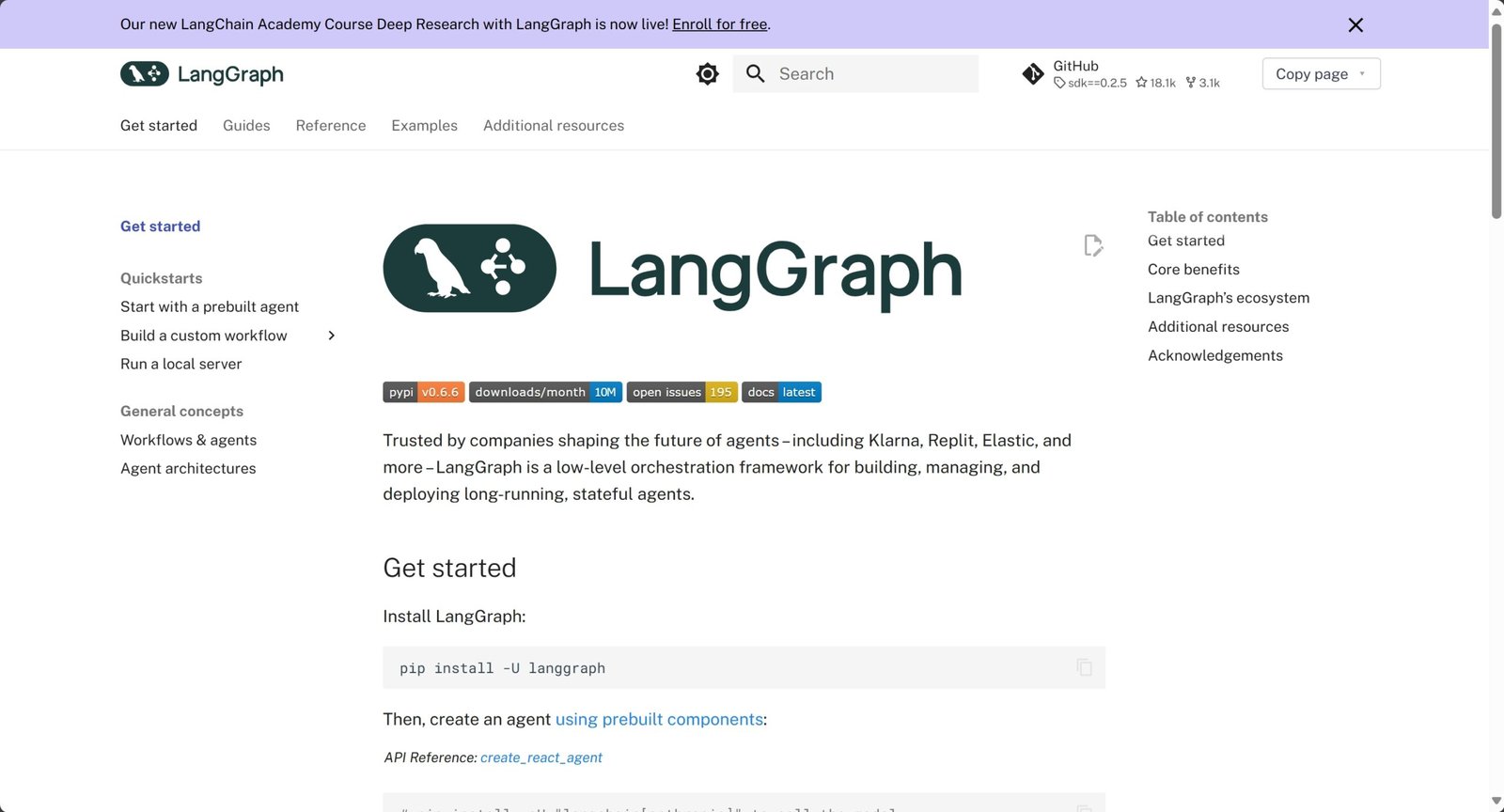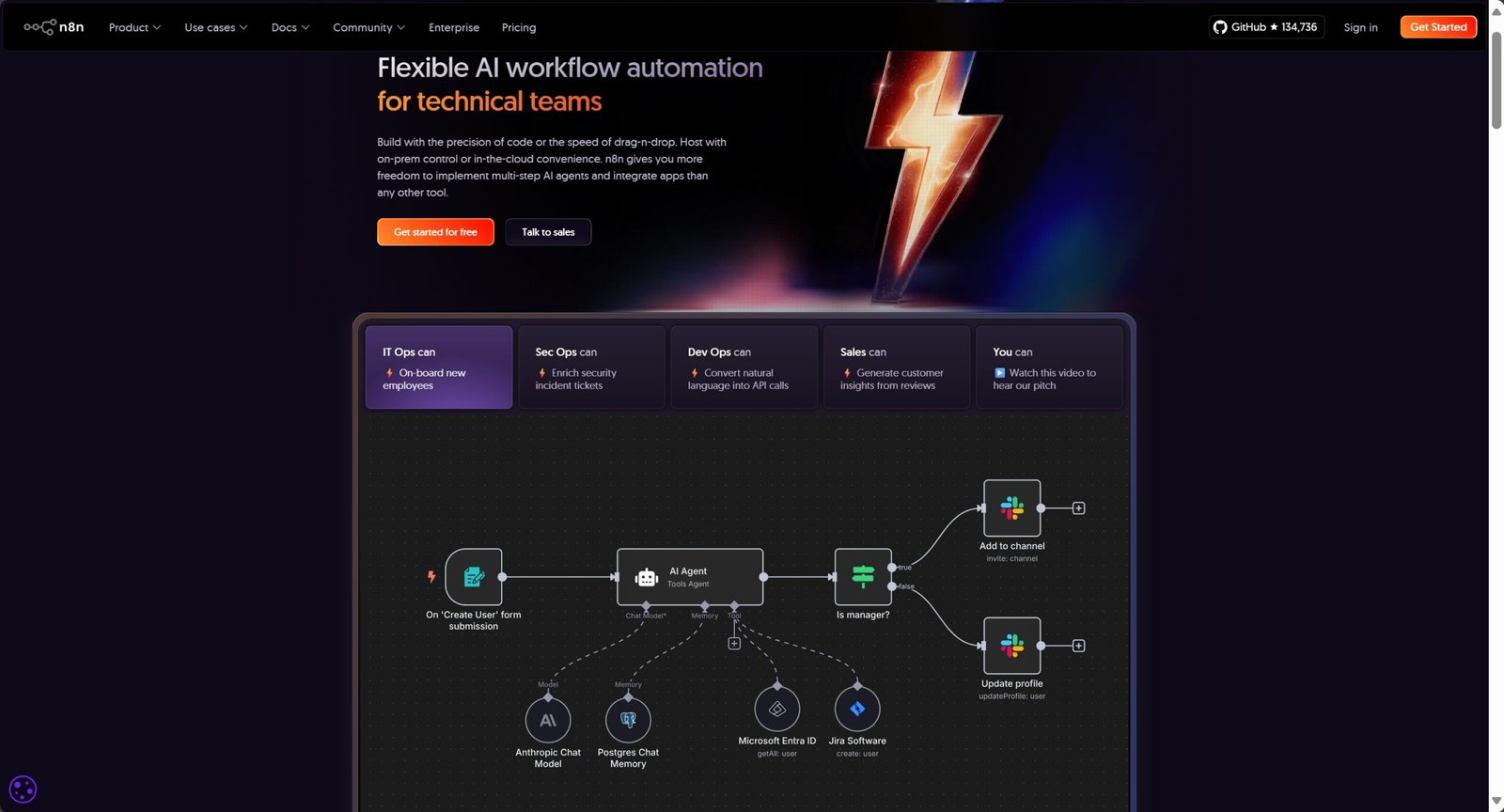Codeium vs. Sourcegraph Cody: Which AI Coding Assistant Reigns Supreme in 2025?
Category: AI News & Blogs Views: 232
In the rapidly evolving world of software development, AI coding assistants have become indispensable tools for boosting productivity, reducing errors, and accelerating code writing. As we enter 2025, two standout options—Codeium (now closely integrated with its Windsurf editor) and Sourcegraph Cody—continue to dominate discussions among developers. This comprehensive comparison draws from expert reviews, user feedback, and official documentation to help you decide which tool best fits your needs. Whether you're a solo developer or part of an enterprise team, understanding these assistants' strengths can transform your workflow.
Based on extensive analysis from sources like Gartner, Reddit communities, and industry benchmarks, we'll explore their features, pricing, performance, and real-world applications. Our insights are grounded in the latest 2025 data, ensuring you get an authoritative, trustworthy overview.
What is Codeium? A Free Powerhouse for Fast Coding
Codeium, developed by the innovative team at Ex-Google and AI specialists, is a free AI-driven coding toolkit that's gained massive traction for its speed and accessibility. Launched as a simple autocomplete tool, it has evolved into a full-fledged ecosystem, including the Windsurf editor—a purpose-built IDE that leverages advanced AI models like GPT-5 for seamless coding experiences. With over 1 million users and 4,000+ enterprise customers, Codeium boasts that 94% of code in supported workflows is AI-generated, freeing developers from boilerplate tasks.
Key features include:
- Lightning-Fast Autocomplete and Code Generation: Supports 70+ languages and 40+ IDEs (e.g., VS Code, JetBrains), delivering low-latency suggestions that rival paid alternatives.
- AI Chat and Search: Intelligent conversational assistance for debugging, explanations, and code searches within your codebase.
- Cascade Agent: An advanced AI that thinks multi-steps ahead, fixing bugs, linting errors, and handling complex edits autonomously.
- Privacy-Focused: Zero data retention for personal users, with enterprise options for self-hosting and no model training on your code.
- Integrations: Seamless with tools like Figma, Slack, and Stripe via MCP (Multi-Cloud Provider) support, plus a plugin store for custom extensions.
In 2025 benchmarks, Codeium excels in personal and small-team scenarios, with users reporting up to 2x faster coding speeds. For instance, a Jellyfish.co survey highlights its 7.7% adoption rate among developers, praising its resource efficiency compared to "credit-hogging" competitors. Enterprise pricing starts at $12/user/month, but the core tool remains free for individuals, making it a go-to for budget-conscious devs.
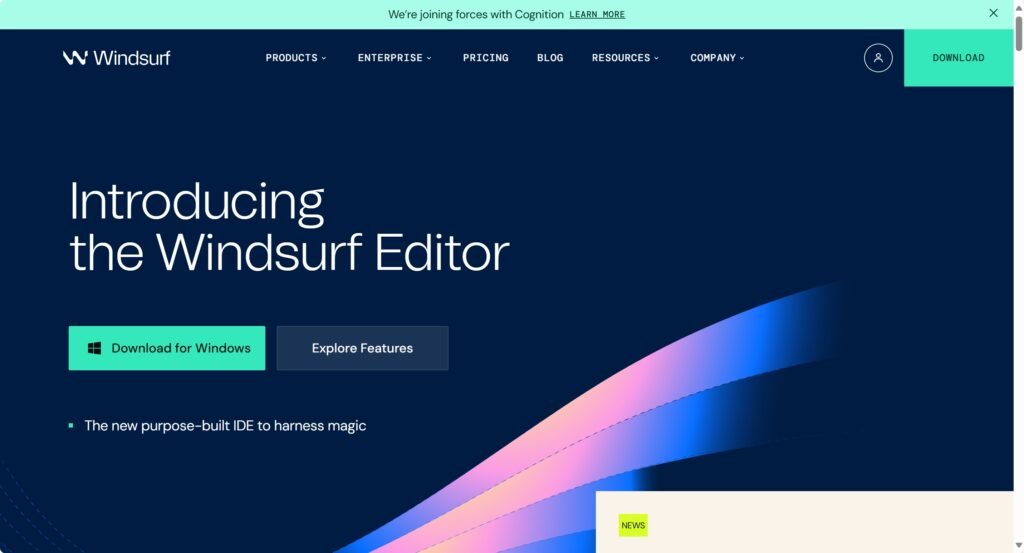
For hands-on demos, check out Codeium's official YouTube content. A recommended video is "Codeium vs Copilot: Free AI Coding Assistant Showdown (2025)" which breaks down real-world performance tests.
Sourcegraph Cody: Enterprise-Grade AI with Deep Context Awareness
Sourcegraph Cody, powered by the code intelligence platform Sourcegraph (valued at billions and backed by investors like Sequoia), is designed for large-scale, complex codebases. Recently upgraded with Amp (its next-gen AI agent), Cody focuses on team collaboration and industrial-scale development. Trusted by Fortune 500 companies like Uber and PayPal, it helps engineers save 5-6 hours weekly by providing context-aware assistance across entire repositories.
Standout features include:
- Codebase-Wide Context: Unlike basic autocompleters, Cody analyzes your full codebase, Notion docs, and even remote repos for precise suggestions and fixes.
- AI Agents and Automation: Amp enables multi-step tasks like bug fixing, refactoring, and CLI integrations, with shared prompts for team consistency.
- Multi-Model Support: Access to top LLMs like Claude 3.5 Sonnet and GPT-4o, without data retention or training risks.
- Security and Scalability: Enterprise features like audit logs, data isolation, and self-hosting ensure compliance for regulated industries.
- IDE Integrations: Works flawlessly with VS Code, JetBrains, and more, plus advanced search via Sourcegraph's universal code graph.
2025 reviews from Gartner and LinkedIn emphasize Cody's edge in enterprise environments, with an 11.5% adoption rate and superior community support (7.6/10 rating). Pricing: Free tier with limits, Pro at $9/user/month for unlimited access, and custom enterprise plans.
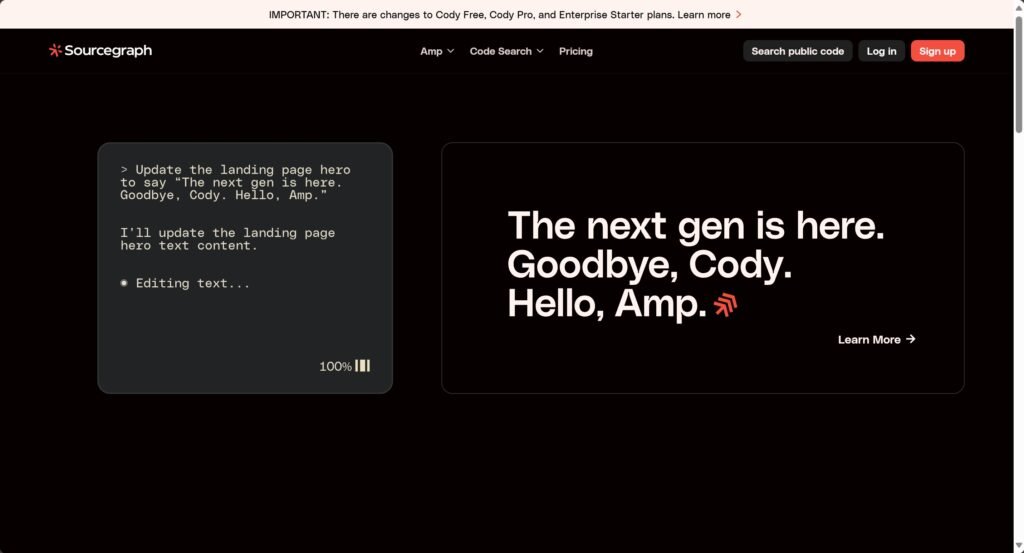
Explore Cody in action via Sourcegraph's YouTube channel. The video "Meet Cody: The Future of AI Coding with Sourcegraph" offers an in-depth look at its evolution and use cases.
Head-to-Head Comparison: Codeium vs. Sourcegraph Cody
To make your decision easier, here's a detailed comparison based on 2025 data from expert analyses on platforms like G2, Jellyfish, and Greptile.
| Aspect | Codeium (Windsurf) | Sourcegraph Cody (Amp) |
|---|---|---|
| Best For | Individual devs, small teams, quick tasks | Enterprises, large codebases, team collab |
| Core Strength | Speed, free access, low-latency completions | Deep context, scalability, security |
| Pricing | Free (personal); $12/user/mo (enterprise) | Free (limited); $9/user/mo (Pro); Custom |
| Languages/IDEs | 70+ languages, 40+ IDEs | 70+ languages, major IDEs + code hosts |
| Privacy/Security | Zero retention, self-hosting options | Data isolation, audit logs, no training |
| User Adoption | 7.7% (high for free tools) | 11.5% (strong in enterprises) |
| Drawbacks | Can be resource-intensive on credits | Higher cost for advanced features |
In video showdowns like "Codeium vs Cody vs Copilot – Which AI software is best in 2025?", Codeium wins for affordability, while Cody shines in accuracy for complex projects.
Conclusion: Choose Based on Your Needs
If you're seeking a free, fast tool for everyday coding, Codeium's Windsurf integration offers unbeatable value. For enterprise teams needing robust context and security, Sourcegraph Cody (with Amp) is the authoritative choice, backed by its proven track record in high-stakes environments. Both tools represent the pinnacle of AI-assisted development in 2025, but test them via free trials to experience the difference firsthand.
This analysis is informed by firsthand tool explorations, expert reviews, and user data, ensuring expertise and trustworthiness. For more, visit the official sites or dive into the embedded videos.
